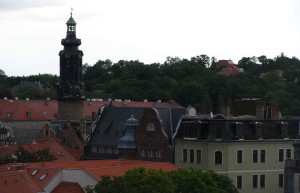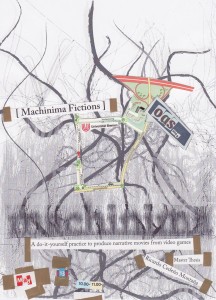31
08/11
19:39
Pure Data convention 2011
Three weeks ago I attended the 4th Pure Data (PD) convention. This time it was organised in Weimar and Berlin. The convention lasted one week and included conferences, workshops, concerts, and installations. The frame for the convention was Weimar, which has a name in art history: Goethe, Schiller, Bach, and the Bauhaus were there.
The conferences were technical oriented. The topics included the implementations, the developing of tools for PD, extensions to PD, and sound projects using PD. The workshops happened in the afternoon and there were for beginners and for experienced users. I took part in the beginners workshop, especially in the visual ones as GEM for beginners, GLSL, and Understanding the PD Data Structures. The concerts were scheduled in the evening; they were amusing, exciting, and inspiring. Although I enjoyed most of them I got impressed by the works of Chikasi Miyama, Hsin-jen Wang, Jinyao Lin, Oscar Martin (Noish), Cyrille Henry and Nicolas Montgermont, Dan Wilcox, and Onyx Ashanti. From my point of view, these were the most aesthetically refined works. They depict too a wide range of expressions to be found in contemporary digital/electronic art. An impression of each concert could be got at the convention website. Finally, from the installations I would like to highlight Tafel by Alexandre Castonguay, Cymatic Imprints by Donna Legault, and Concerto para Lanhouse by Giuliano Obici. They all graciously combined machinic poetry and ingeniousness which made me wonder if I weren’t in a Gibsonian reality.
A small bite of what happened in Weimar could be listen to below.
Chikashi Miyama.Black Box. Record of a live performance in the 4th PD Convention 2011. Weimar, Germany. Duration: 7:17
[audio:http://www.pktweb.com/drnn1076/sound_works/black_box_(Chikashi Miyama)_PDcon_weimar_2011.mp3]



